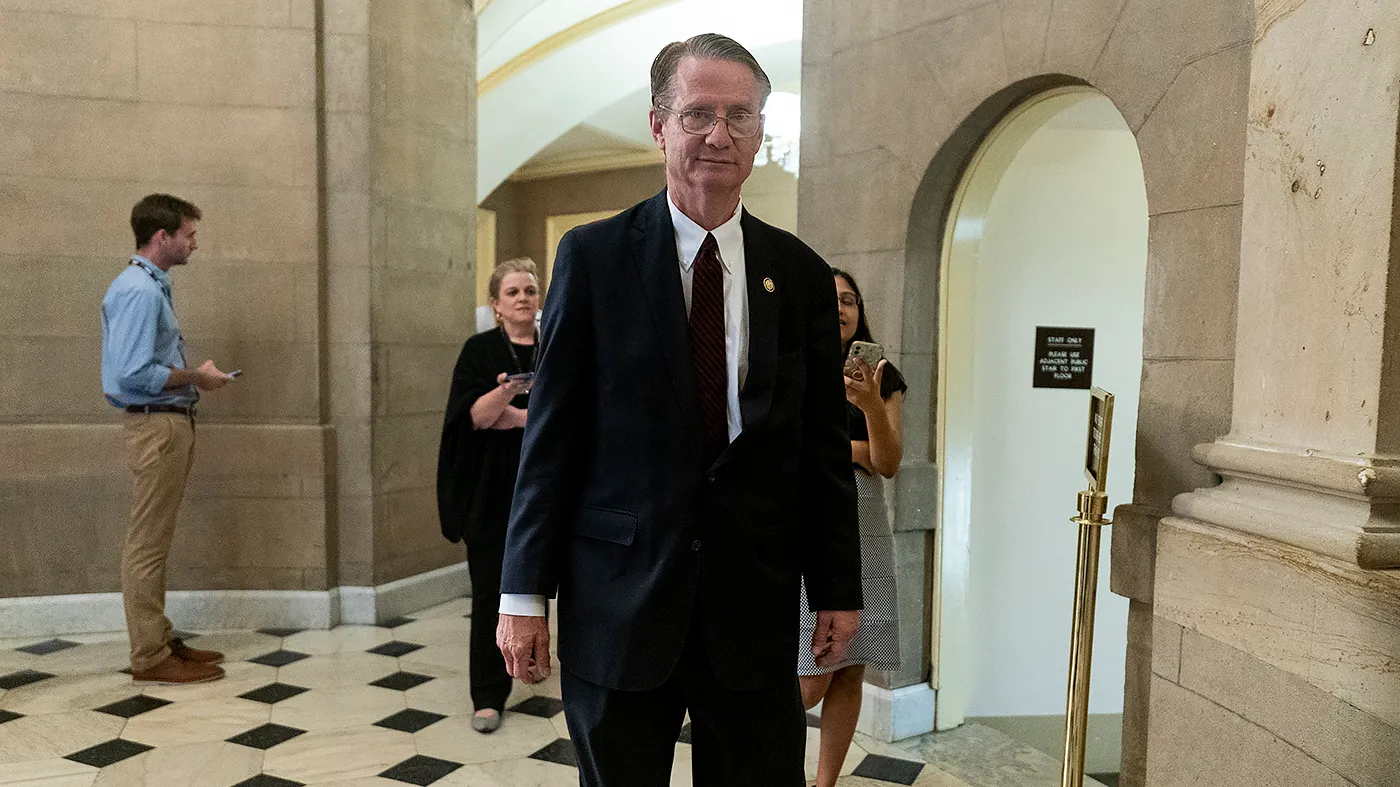Trump Hosts Nvidia CEO Jensen Huang at White House as Chip Giant Becomes First to Close Above $4 Trillion Market Cap
Trump Hosts Nvidia CEO Jensen Huang at White House as Chip Giant Becomes First to Close Above $4 Trillion Market Cap
By
Leah Rosenfeld
Last updated:
July 11, 2025
First Published:
August 3, 2025

Photo: USA Today
Nvidia Breaks $4 Trillion Barrier as CEO Huang Meets with Trump
Nvidia CEO Jensen Huang visited the White House on Thursday for a meeting with President Donald Trump, coinciding with a landmark moment in financial markets: Nvidia became the first publicly traded company to close a trading day with a market capitalization exceeding $4 trillion. The AI chipmaker now surpasses Apple and Microsoft in valuation, underscoring its dominant role in the artificial intelligence revolution.
While the company’s stock rose only slightly that day, it was enough to push Nvidia over the symbolic threshold. The achievement follows a year of surging demand for its high-performance AI processors, which are powering everything from large language models to data center operations worldwide.
Trump Celebrates Nvidia’s Stock Surge Amid Tariff Policy
President Trump took to Truth Social Thursday morning to highlight Nvidia’s performance, linking the company’s 47% stock rise since April to his administration’s tariff policies.
“NVIDIA IS UP 47% SINCE TRUMP TARIFFS. USA is taking in Hundreds of Billions of Dollars in Tariffs,” he posted. “COUNTRY IS NOW ‘BACK.’”
Though Nvidia did not comment on the content of the White House meeting, the context points to rising geopolitical and regulatory tensions in the tech sector, especially related to AI chip exports.
Export Restrictions Strain Nvidia’s China Business
The meeting comes at a sensitive time for Nvidia, as it navigates mounting regulatory headwinds. In April, the Trump administration implemented new export controls aimed at limiting the sale of advanced AI chips to China—citing national security risks. As part of that action, the U.S. government informed Nvidia that its H20 processor, previously greenlit for the Chinese market, would now require an export license.
Nvidia CEO Jensen Huang revealed in May that the change left the company with no time to adjust: “No grace period was provided,” he told investors on an earnings call, adding that $8 billion worth of planned sales for the chip in the July quarter were effectively lost.
Huang didn’t mince words: “The $50 billion China market is effectively closed to U.S. industry,” he said.
Further AI Export Rules Expected in 2025
Beyond the H20 processor, Nvidia may face even tighter export controls in the coming months. The Trump administration recently scrapped the “AI diffusion rule”, a policy drafted under President Biden that would have restricted AI chip exports more systematically.
The White House now promises to replace it with a new, more streamlined set of restrictions. According to sources familiar with internal discussions, these updated rules could include country-specific limits on who receives advanced AI technologies—a move that could directly affect Nvidia’s ability to expand into emerging global markets.
What’s Next for Nvidia?
Despite the regulatory hurdles, Nvidia’s stock has climbed dramatically in 2025, fueled by explosive growth in AI infrastructure spending by major cloud platforms and enterprise clients. Analysts at Goldman Sachs have projected that Nvidia could generate more than $120 billion in revenue this fiscal year, up from just $27 billion in 2022.
Investors are watching closely to see how the company balances its soaring demand with rising regulatory risk. The private meeting with Trump has only fueled speculation about whether Nvidia is seeking relief from the export restrictions or aligning itself more closely with the administration’s national tech priorities.
Whatever the outcome, Nvidia’s $4 trillion milestone signals that the company is not just leading the AI race—but defining the future of computing.
Popular articles
Subscribe to unlock premium content
Global Cultures and the Hidden Drivers of Productivity and Happiness

The Future of Personalized Medicine

Digital Nomads and the New Global Economy

Global Cultures and the Hidden Drivers of Productivity and Happiness

The Future of Personalized Medicine

Global Cultures and the Hidden Drivers of Productivity and Happiness









